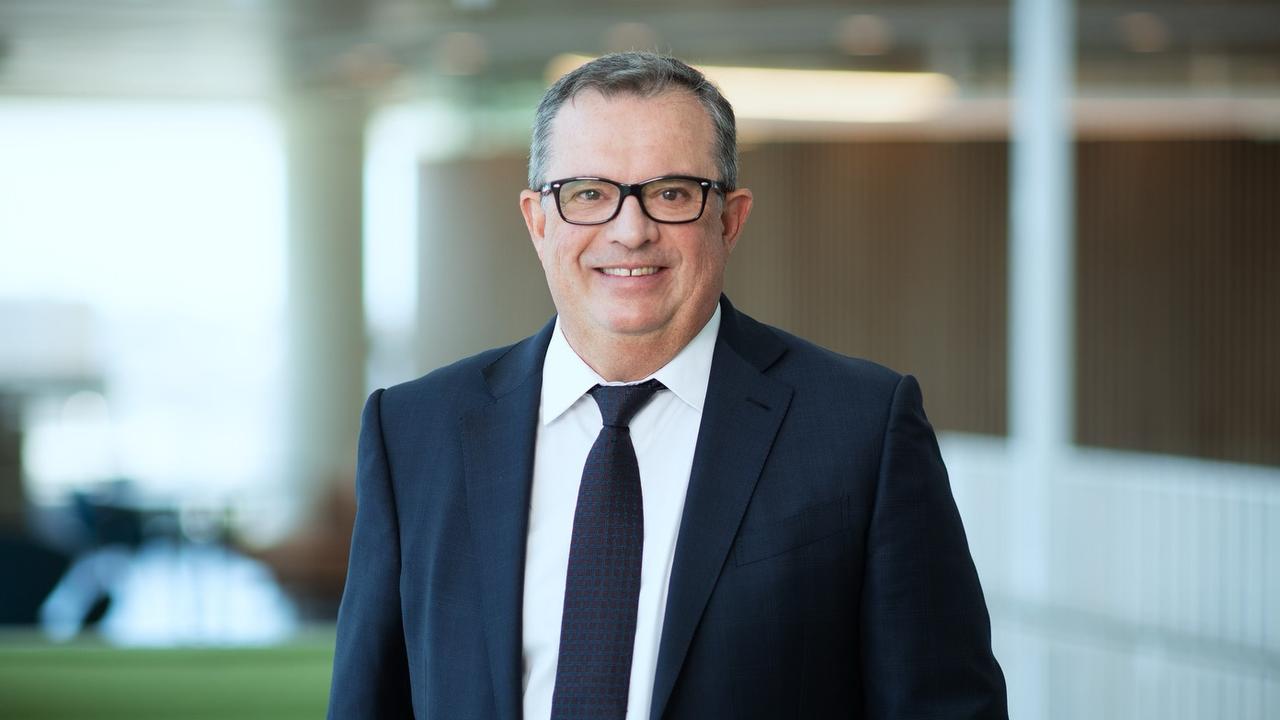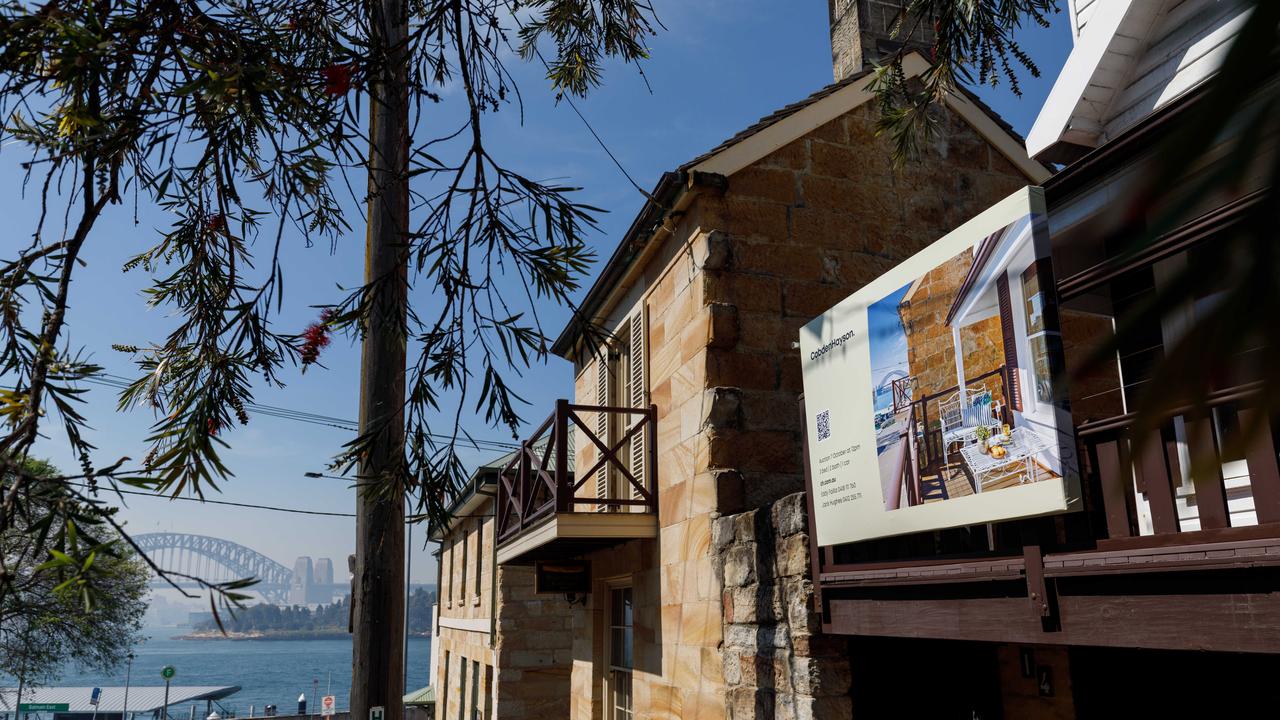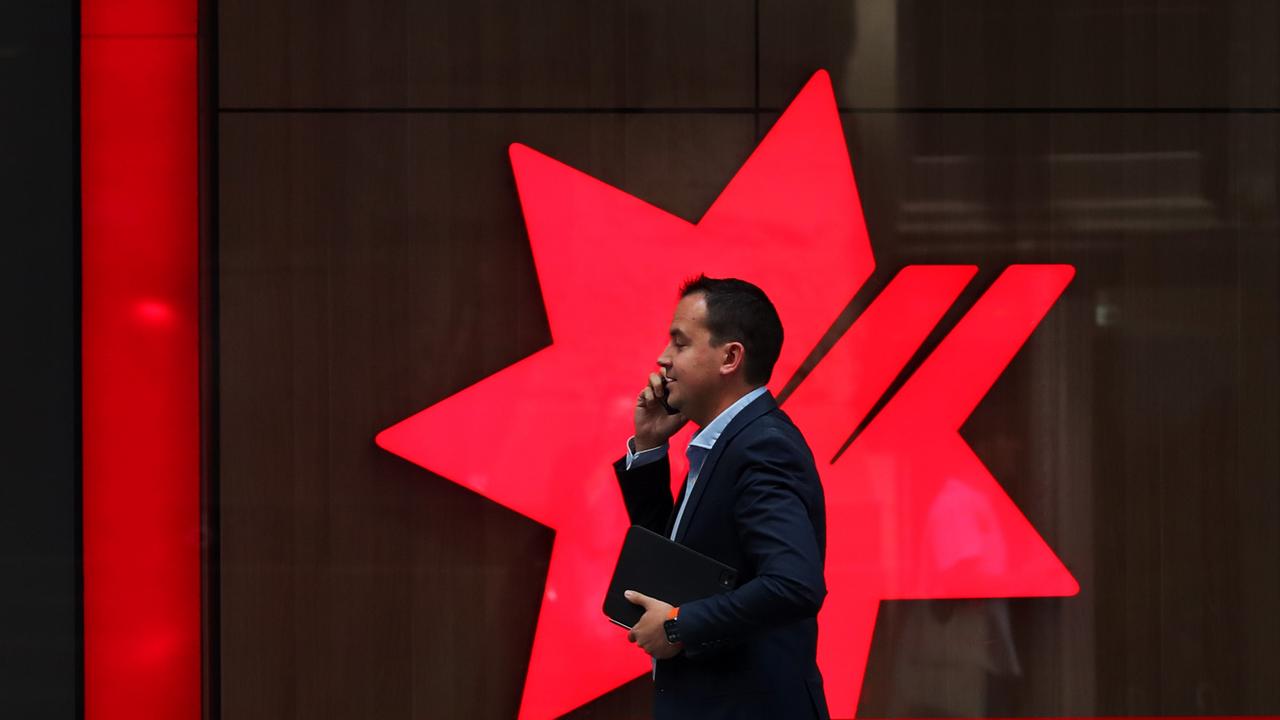Insignia Financial tangos with bidders, signals possibility of dividends resuming
The wealth group has provided its takeover suitors three detailed presentations apiece as it flagged the board would assess resuming dividend payments in the second half.

Business
Don't miss out on the headlines from Business. Followed categories will be added to My News.
Insignia Financial has provided its takeover suitors three detailed presentations apiece as part of limited due diligence, as the wealth group flagged its strategy is on track and that the board would assess resuming dividend payments in this half.
The company, formerly known as IOOF, on Thursday reported better-than-expected underlying profit for the first half, buoyed by strong financial markets, even though its statutory result remained in the red.
Chief executive Scott Hartley told The Australian while the three-way private equity bidding tussle had served as a bit of a distraction for him and finance boss David Chalmers, his team remained focused on executing his 2030 blueprint.
“It’s been a bit of a distraction for myself and David … I would say 20 per cent of my time in the last month I have been distracted by this,” he said. “Fortunately, we’re surrounded by a very strong executive team that is just getting on with it.”
Insignia is the subject of a three-way bidding tussle after investment and private equity giant Brookfield early this month made a $3.1bn non-binding offer, matching separate bids from rivals Bain Capital and CC Capital.
The private equity firms were offered limited due diligence as Insignia’s board and its advisers work to solicit a higher, binding offer.
But Mr Hartley – who has been in the role for just shy of a year – said there was “no line in the sand” providing a deadline for parties to come forward with revised or sweetened offers, despite some news reports suggesting the board wanted bids by month’s end.
“We are simply wanting to provide the information as quickly as possible to allow the bidders to improve their offers … and it’s really up to them as to when they respond,” he added. “These bidders did not turn up with a different plan. These bidders have turned up because they like what we’re saying about our vision and strategy.”
Mr Hartley told investors and analysts: “We would like the process to be expedited as much as possible, so we think we are close to done in this first phase of initial DD (due diligence).”

The three private equity firms have received presentations and more detail about Insignia’s strategic 2030 plan, its financials and a binding eight-year agreement announced on Thursday to outsource some services for its master trust business to SS&C Technologies. Insignia and its advisers have also fielded questions from the bidding groups as they conduct their assessments.
“Everyone (suitors) gets the same time, same level of attention, the same information, that’s the best process in my view and a fair process for those involved,” Mr Hartley said.
The Bain team quietly drafted in former Insignia CEO Renato Mota in an advisory capacity earlier in 2025 to assist in a tilt for the wealth company, alongside former MLC boss and ex-Perpetual CEO Geoff Lloyd, who is also working for the private equity firm.
Asked about their involvement, Mr Hartley said: “I’m completely relaxed about both Geoff and Renato being involved in the process, I think that’s probably going to help Bain form an appropriate view.”
The three non-binding private equity offers are separately pitched at $4.60 per Insignia share, although some investors have indicated a level above $5 would be required to garner their support.
Insignia’s underlying profit climbed 30 per cent to $124m in the six months ended December 31, compared with the prior corresponding period, as net revenues edged up. The statutory result, which includes one-off items such as transformation, separation, legal and remediation costs, was a net loss of $16.8m, narrowing from a loss of $49.9m in the year earlier period.
Funds under management and administration amounted to $326.8bn at December 31, up from $300.6bn a year earlier.
Insignia’s shares declined 1.1 per cent to $4.57 on Thursday, in line with a drop in the S&P/ASX200.
On the topic of dividends, Mr Hartley said there was “some possibility” Insignia would resume paying them in the latter half of this fiscal year, but they could fall outside of the board’s slated payout ratio.
“We’re going to consider dividends again at the end of the second half, before we report. It’s too early to say whether or not they will be restarted this year,” he added.
A decision by Insignia’s board to pause paying dividends caused investor angst in August 2024, with Mr Hartley flagging at an investor briefing in November that the payments would not be reinstated in the first half of fiscal 2025.
Mr Hartley reaffirmed the company’s annual guidance on Thursday and Insignia’s results showed interim underlying profit increased across its wrap, advice, master trust and asset management divisions, but declined in the corporate unit.
Barrenjoey analysts highlighted Insignia’s revenue margins holding up better than expected.
“Insignia has maintained its FY25E (fiscal 2025 estimated) guidance, with the first half result suggesting the upper end of guidance could be achieved, implying small consensus earnings upgrades,” they said.
JPMorgan analysts said negatives in the Insignia results were master trust net flows and large below the line charges, while it identified the group’s overall cost reductions as among the positives.
Insignia’s results came as legislation to develop the second tranche of sweeping financial advice reforms is being finalised by Treasury, ahead of a consultation phase. That follows frustration among the financial advice industry about layers of regulation pushing up the cost of advice, and leading to the exit of thousands of planners and advisers from the industry.
Mr Hartley said he expected the latest tranche of reforms to have a “huge impact” on the financial advice industry as statement of advice paperwork requirements were slashed, and more clarity was provided to superannuation funds around how they could serve members.
He noted, however, the fact the reforms introduced a new class of adviser could be problematic if that element of the changes was not adequately specific.
“It’s quite challenging to really define the scope of what they should be able to do and what they shouldn’t be able to do,” Mr Hartley said. “That’s the devil in the detail.”
Originally published as Insignia Financial tangos with bidders, signals possibility of dividends resuming






